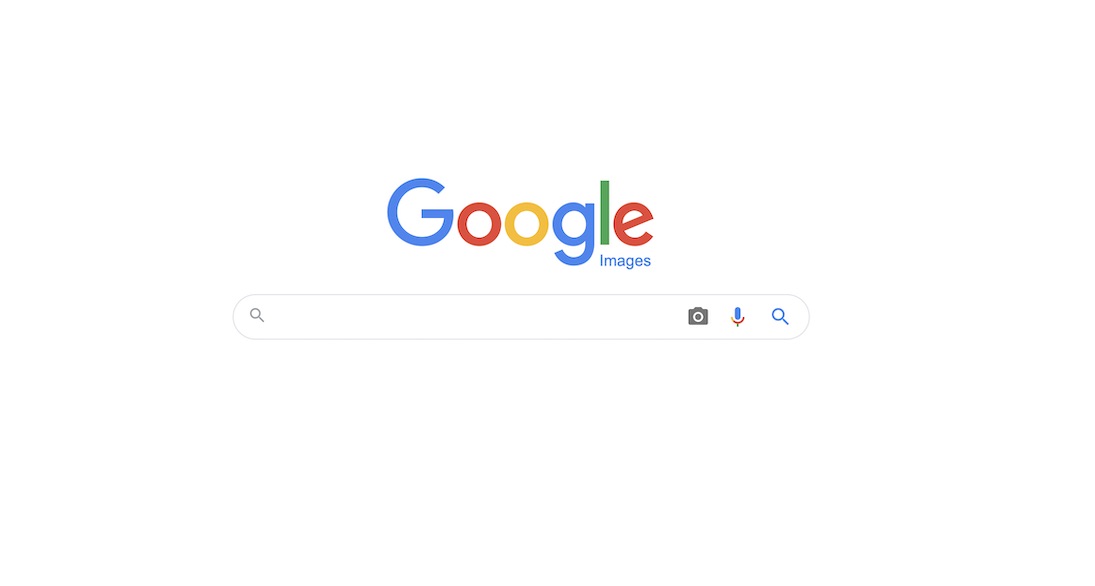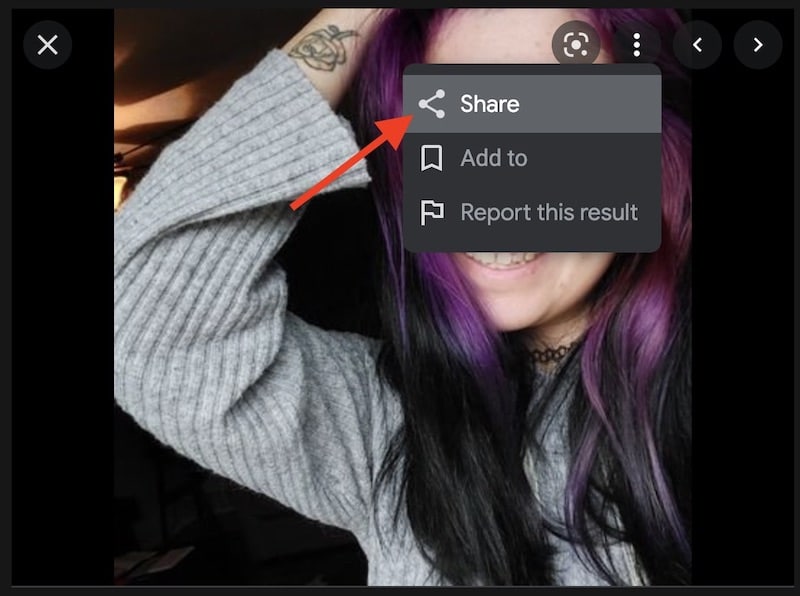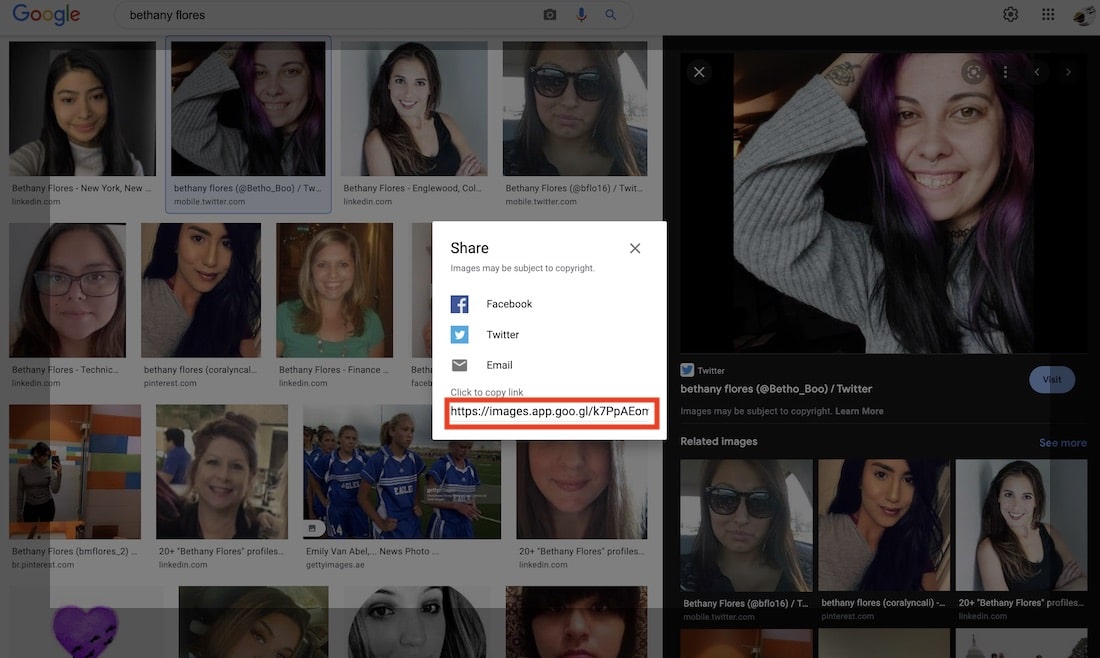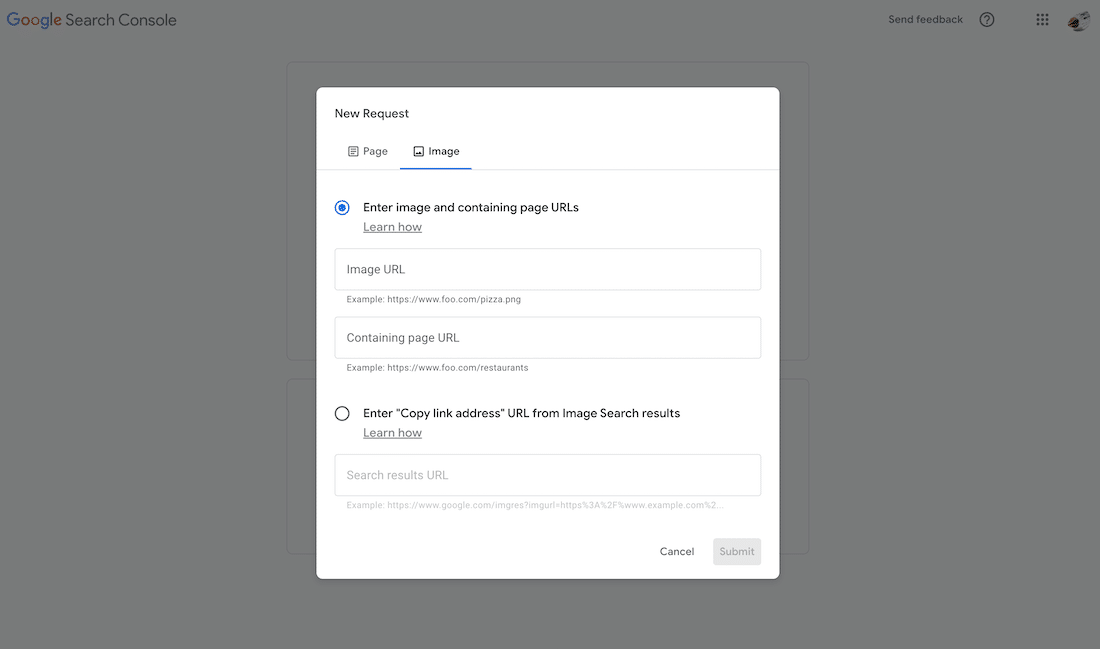Removing a Picture from Google
Why Removing Pictures from Google is Important
If know someone who has had embarrassing or reputation-damaging photos of you surface on Google, you may already know how serious a problem unwanted images of individuals on Google can be. With people around the world turning to the internet, most often Google, to look into the businesses and people that they come into encounter on a day-to-day basis, it’s hard to grasp to what extent having unflattering or offensive photos populating Google Images and Google Search Results Page (SERP) can negatively impact a persons life.
Reputation-damage resulting from arrest mugshots, leaked intimate or exotic pictures, and other offensive or unflattering photos can result in all sorts of bad things, including but not limited to the following:
- Missed career opportunities or job loss
- College admissions denial
- Damaged relationships with friends, family and significant other
- Loan application denial
- Exposed private or personal information
- Harassment, bullying and/or stalking
So without any doubt, there’s very good reason to ensure that SERPs for your name are clear of any imagery that people might consider offensive or that reflects on you in a negative manner. To accomplish this, you may need to audit your online reputation paying particular attention to Google Images, and remove photos from Google that people might not find appealing, or that could be damaging to your internet reputation.
How can you meet this end? Continue reading to learn about the best options that are available to get embarrassing pictures and unwanted photos off of Google Images and web search.
What Pictures can be Removed from Google Images?
You’ll want to audit your Google Images search results for any pictures that could be considered offensive or inappropriate by colleagues or employers. To do this, go to Google Images and perform a search for your full name, or ‘first name’ + ‘last name’, to see what populates image search results when your name is queried on Google. Look over all the photos on the Google Images Search Engine Results Page (SERP) for your name. You’ll want to pay particular attention to the top ranking images, since 5 to 10 these photos will show up on the first page of search results when your name is submitted on Google Search.
Any offensive, inappropriate or unprofessional photos could diminish your personal reputation and professional image, and should be removed from Google promptly. These might include:
- Leaked intimate photos
- Photos with nudity
- Photos with drinking or smoking
- Mugshot photos
- Photos of illegal or unlawful activities
- Photos that reveal personal information
- Photos of you with a past lover
Of course there are many more kinds of photos that could diminish your online image, or do damage to your personal reputation, and should therefore be removed from Google permanently. You’ll need to use your own personal judgement, and may want to seek out the opinion of a friend or family member to decide which pictures of you on Google diminish your personal brand.

How get an image removed off Google Search and the Internet
Once you’ve audited your Google Images SERPs, and identified photos that you don’t want showing up when people search for you, it’s time to take action to get these photos off Google. There are a few approaches one can take to remove photos from Google, outlined below.
- Remove the picture from the source website and ask search engines to remove the deleted image from search results.
- Remove a picture from Google that you can’t get deleted from the site that hosts it.
- Bury the picture on Google Images Search Results.
Now we will explore each of these options in more depth.
Remove the picture from the source website AND ask search engines to remove it from search results
Delete the picture yourself
If you published the picture, you should be able to quickly delete it from the site(s) you posted it to. To delete picture(s) yourself, of course, you will need to have access to edit the website, webpage, profile, or post on which the image appears. Once you’ve deleted the picture from the website(s) you published it on, you can remove it from Google following the instructions below.
Submit Unpublishing requests
If you did not publish the photo you want to remove from Google, and do not have access to edit the webpage that the photo is published on – i.e. the source of the image – you won’t be able to delete it yourself. In this is the case, your next best option is to make unpublishing requests, that is, request that the picture be unpublished, or deleted.
(1) Ask the author to delete the photo
First try reaching out the person that authored the content featuring the picture that you are seeking to remove, and ask that he or she delete the picture and/or that the webpage on which the photo appears be unpublished. If you’re having a hard time getting in touch with the person that posted the image, you may want to attempt to contact them via social media, or messenger services most people use.
Search the name of the person on Google Search, and look for a contact phone number, physical address, email address, personal website or blog, and social profiles for the person. Try sending them a message on Facebook Messenger, or sending them a message on Twitter and Tweeting to the person publicly.
(2) Ask the website to remove the picture from their server
If don’t know who’s responsible for publishing the picture online, or you can’t get in contact with the person that posted the photo, you may still be able to get it removed by submitting an unpublishing request to the website admin(s) and/or moderator(s). Requesting that the picture be deleted from the website and its server is particularly effective when it comes to getting photos removed from social media websites, and other sites with mostly user-generated content.
Website Content Policy, Copyright Policy and/or Terms of Service
Appeal to the websites Content Policy or Terms of Service. Most websites have a Content Policy or Terms of Service that outlines content removal procedures. The policies and terms of many websites – Facebook, Twitter, Instagram and all mainstream social media websites included – allow for the removal of photos under certain circumstances, such as when non-consensual nude photos of someone are published online, when photos are used for impersonation, and when photos are posted without the authorization of the individual(s) in the photograph.
If you hold Copyrights to the picture, you’re in luck. Check the websites Copyright Policy, and submit a DMCA Takedown Notice to the website admins. Typically websites will delete a copyrighted photo upon the request of the copyright holder. If they refuse to remove an image you hold copyrights to, you’ll still be able to get the picture off of Google, and other conventional web and image search engines by reporting the copyright infringement to the search engine provider – i.e. Google.
(3) Ask Google and other search engines to remove the picture
If none of the above-mentioned methods work to get an embarrassing or offensive photo removed, there’s still a chance that you can get it removed from search engines by reporting the picture to Google , Bing, etc. and requesting that it be deleted.
When and how to ask Google to remove photos from search results?
If you were able to get the photo removed from the website(s) that have published it (using one of the methods outline above), but are still seeing the photo on Google Web Search and Google Images when you search for your name, that’s completely normal. Google crawlers scan the entire internet, keeping search results up-to-date by updating the cache (copy) it keeps of all web pages, sites and information with a frequency rate of every of every few weeks up to a month.
For this reason, you can expect a photo that’s been removed from a website, and completely deleted from the server that hosted it, to continue to show up on Google Images for up to a month, or until Google has re-crawled the website and updated its cache to reflect important changes to the content, such as a photo that’s been deleted.
If removing the picture from Google Images is time-sensitive, and it’s important that you get the image off the internet as soon as possible, there is a protocol you can follow to notify Google that significant changes have been made to the content of a web page, that can speed up the process. To do this, you’ll need to specify the correct URL of the image(s) you want removed using the Google Outdated Content Removal Tool.
Submit an image removal request to Google
It can sometimes be difficult to find the correct URL of the deleted image to use in the Outdated Content Removal Tool. Use the following procedure to ensure you have the correct image URL when submitting the request to Google.
- Go to the Google removal tool: https://www.google.com/webmasters/tools/removals and login to your Google account
- Open a second browser window, or a new tab on your current browser, and search for your image(s) on Google Search or Google Images
- For each image you want to remove, follow the steps below:
- Click on the image thumbnail shown so a larger preview is shown.
- Click the menu (three dots) in the upper right corner to view a drop-down menu, and click “Share” (as seen in the image below).

- You will be presented with several options to share the image, including a goo.gl URL.

- Click to copy the goo.gl URL, and open it in a new browser window or tab. This will bring up the photo you want to remove on Google Images.
- Right click on the photo, and select Copy Image Address.

- Open that image URL in a new browser window or tab.
- You should get a 404 response, indicating that the image has been from the website server. Copy the URL (of the full-size image) to use in the next step.
- If you do not get a 404 response that means that the image has not been deleted from the server, and you will not be able to use the Outdated Content Removal tool to remove the photo from Google.
- Go to the Google Public Removal Tool, select the “Image” option, and paste the URL copied in the previous step to submit a removal request.

Recap: Google Image Removal via Outdated Content Removal Tool
Check out the slideshow below for a quick visual recap of how to find the right URL of a picture to submit on the Google Images Content Removal tool, and how to submit a content removal request for the image URL of a deleted picture.
Removing a picture from Google that you can’t get deleted from the site that hosts it
Getting pictures removed from Google for legal reasons
If the picture(s) you want removed from Google are unlawful, you may be able to get it off Google using a legal remedy listed below.
- Intellectual property violations (copyright infringement or circumvention, trademark infringement, and counterfeit)
- Court orders, directed to a third-party, such as the owner of a website or author of an article (not directed to Google), where a court determined that specific content is unlawful. If you have a court order to remove unlawful imagery from a website, you can submit the court order to Google here.
- FOSTA-SESTA or the CA Opt Out / CA Safe at Home Program.
- Child sexual abuse material, which is any visual depiction of sexually explicit conduct that involves a minor. Learn how to handle pictures that are sexually abusive towards children here.
If a picture that you want to get off the internet falls into one the above categories, click here to submit a legal removal request to have the photo deleted off of Google Images and Google Search.
Other images Google may remove upon request
Images with sensitive financial, medical, or national ID info
Google may remove images that display information that presents a risk of identity theft or fraud to the individual. For Google to consider the picture for removal, it must pertain to the following types of information:
- Confidential government identification (ID) numbers like U.S. Social Security Number, Argentine Single Tax Identification Number, Brazil Cadastro de pessoas Físicas, Korea Resident Registration Number, China Resident Identity Card, etc.
- Bank account numbers
- Credit card numbers
- Images of handwritten signatures
- Images of ID docs, like drivers licenses, State or military identification cards, etc.
- Highly personal, restricted, and official records, like medical records
- Personal contact info, such as physical addresses, phone numbers, and email addresses
- Confidential login credentials – e.g. username and password
Non-consensual explicit or intimate personal image, or “revenge porn”
You may be able to get intimate or explicit images and videos – i.e. revenge porn – that were shared without consent removed from Google.
For Google to consider the a photo or video Revenge Porn, and remove it from search, it must meet both of the following requirements:
- The photo or video shows you nude, in a sexual act, or an intimate state.
- You didn’t consent to the imagery or the act and it was made publicly available OR you intended the content to be private and the photo/video was made publicly available without your consent.
If the image meets the requirements above, you or an authorized representative can request a removal of the image from Google search results and Google Images.
Pro Tip: You’ll need to provide screenshots of the image you want us to remove. We encourage you to edit the screenshots to obscure the sexually explicit portions, but please ensure that the photo is still identifiable.
Involuntary fake pornography
Additionally, involuntary fake pornography of you can be removed from Google search results, if the image or video meets the requirements below.
To get involuntary fake pornographic images and videos removed from Google, the content must meet all of the below requirements:
- You’re identifiably depicted in the imagery.
- The imagery in question is fake and falsely depicts you nude or in a sexually explicit situation.
- The imagery was distributed without your consent.
Again, Google will require that you submit screenshots of the photo or video you want removed.
Personal images hosted on a site that has exploitative removal practices
Google will sometimes remove a picture from search results when a site or other agency requires that you pay them directly to have it removed.
To get images removed from a website that has exploitative removal policies, the content must meet all of the following requirements:
- You are the subject of the content in the submitted URL.
- The website is not a business review site.
- The website has removal practices that necessitate payment to the site, or other agencies, to have content removed.
Images of a minors (anyone under the age of 18)
Google will remove pictures of anyone below the age of 18 from search results at the request of the minor or their parent or guardian. One exception to Google’s photo removal policy for minors is pictures that are of compelling public interest or newsworthiness.
Bury it on Google Images Search Results
If you have already tried the first two options and are still unable to remove an embarrassing photo from Google, then there is another solution – burying it on Google Images. This method involves pushing the photo further down in search results so that it is less likely to be seen by others.
Step 1: Identify the source
The first step in burying a photo on Google Images is to identify where it is hosted online. This could be a social media platform, a blog, or any other website. Once you know where the photo is located, you can move onto the next step.
Step 2: Create new image-rich content
The best way to push down an embarrassing photo on Google Images is by creating new content that ranks higher in search results. This could be anything from new social media posts, blogs, articles, or even your own website. The key here is to use your name or relevant keywords in the content, which will help it rank higher when someone searches for you.
Step 3: Optimize your content and Images
To ensure that your new content ranks high enough to push down the embarrassing photo, you need to optimize it for search engines. Use relevant keywords in titles and descriptions, add tags and labels wherever possible, and include links back to your other content.
Remember to incorporate plenty of photos into the content you create. Add your name or the keyword phrase you are concerned with to the ALT text of images to improve accessibility and help search engines like Google understand what the image is about.
Step 4: Utilize social media platforms
Social media platforms like Facebook, Twitter, Instagram are powerful tools for pushing down unwanted photos on Google Images. By regularly posting positive or neutral images of yourself or related to your or your brand, these platforms can help increase their visibility in search results, outranking the problematic image result on Google.
Step 5: Seek professional help
If you are struggling with optimizing your online presence and pushing down a picture of yourself on Google, consider seeking professional help from our experienced team of reputation management and SEO experts who specialize in removing unwanted images from search results.
It is important to also take preventive measures such as regularly monitoring your online presence and being cautious of what photos you share online in the future. By being proactive, you can avoid facing similar situations in the future.
Burying photos on Google Image Search Results can be an effective way to remove private pictures from search results. However, it requires patience and diligence in creating new, quality content with SEO optimized images that will rank higher on Google Search and image search engine results than the picture you want to eliminate. With a combination of these steps and continuous maintenance of your online presence, you can successfully remove or minimize the impact of an unflattering photo on Google Images.
Frequently Asked Questions About Removing Pictures from Google
Removing a picture from Google search results involves several steps. At Defamation Defenders, we specialize in content removal services. We can help by contacting the website hosting the image, requesting removal, burying the image result, and working with Google to get the picture deindexed. If you need professional assistance to remove a picture, Contact Us Now.
Common reasons include privacy concerns, defamatory content, copyright infringement, or outdated information. At Defamation Defenders, we understand the impact unwanted pictures can have on your personal or professional life. We offer tailored solutions to address these issues. If you’re dealing with any of these problems, Get in Touch with us Today to learn how we can help.
The time required to remove a picture from Google can vary based on several factors, including the website’s responsiveness and Google’s processing time. Generally, it can take anywhere from a few days to several weeks. Defamation Defenders works diligently to expedite the process. For a more precise timeline for your situation, Schedule a Consultation with an experienced reputation restoration advisor.
While it is often necessary to contact the website owner hosting the image, there are cases where Google may remove images directly, such as in instances of personal information or explicit content. Defamation Defenders can assess your situation and determine the best approach for removal.
If a website refuses to remove a picture, Defamation Defenders can help by exploring alternative strategies such as legal actions, utilizing Google’s removal policies, or employing SEO techniques to suppress the image. We are committed to protecting your online reputation. If you encounter resistance, Contact Us for effective solutions.
Related Content:



